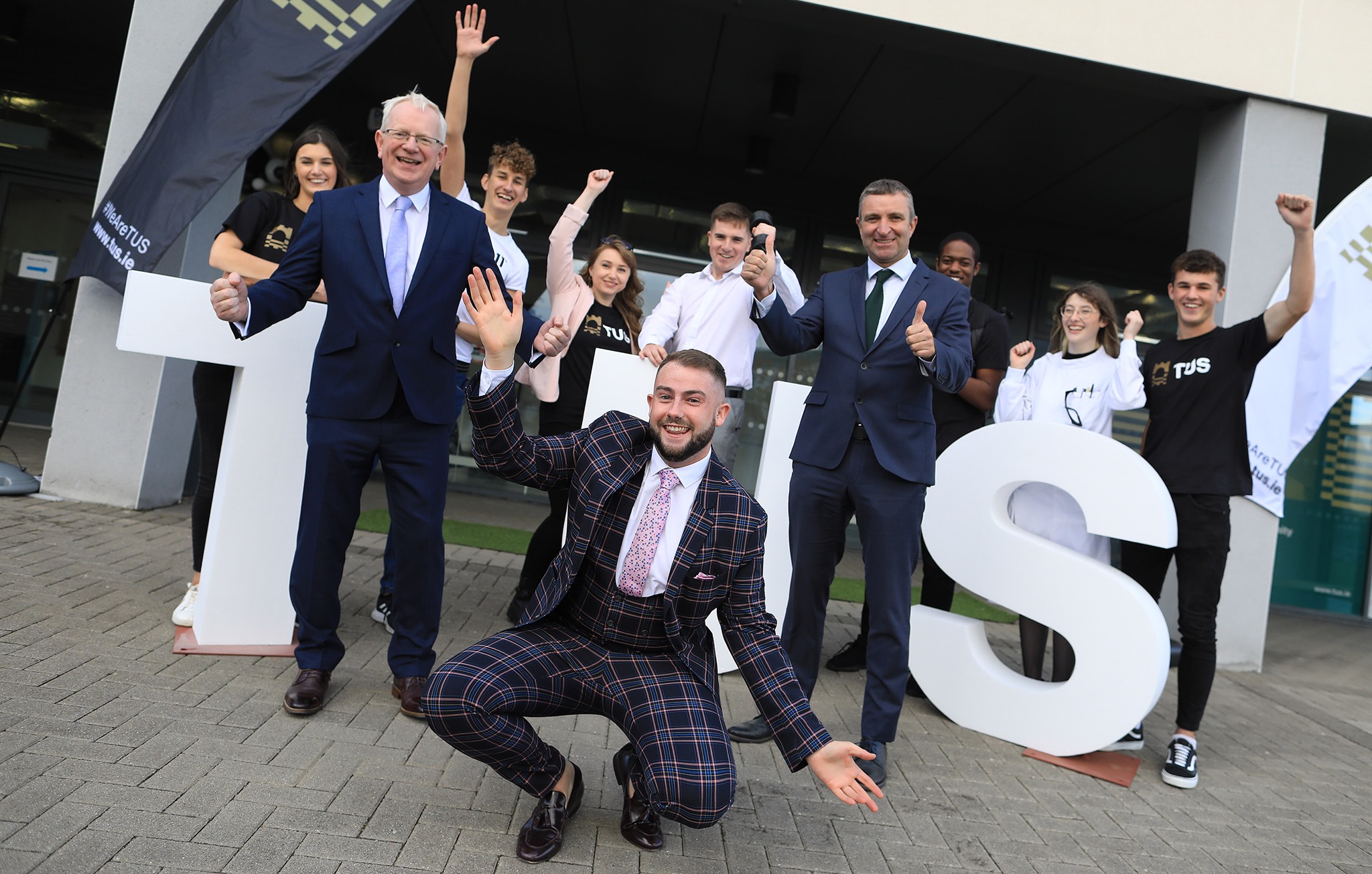Recently I worked with a director at the Ireland office of a large multinational. The organisation’s annual sales conference was coming up and she was preparing her presentation.
Together, we watched a video of her in action previously. Or not in action.
During this presentation, although she clearly had command of the topic and delivered her words smoothly, we agreed she did not connect with her audience.
The video cut out towards the audience and showed their reaction – or lack of it. Most of the people were sitting passively with their arms crossed. Not at all engaged.
While my client delivered powerful and emotionally-charged words, her body didn’t match them.
Her posture behind the podium was rigid, her face devoid of emotion.
Don’t make the mistake of assuming you naturally communicate well in presentations.
If you don’t believe this, have someone record you speaking at your next meeting, then watch it – with and without sound.
You’ll learn a lot about yourself because we generally don’t acknowledge how much of our communication is done through expression, gesture and posture.
Here are a few things you can try:
1 Power up your posture
Many people in pressure situations hide behind the podium and hold on to it for dear life.
If there’s no podium, nervousness may cause them to rock on one foot or shift their weight from side to side.
It can be very distracting. If they come out from behind the podium, they may race back and forth. Stage presence is executive presence.
I encourage my clients to ‘plant‘. Stand with your legs about shoulder-width apart, plant your feet solidly and distribute your weight evenly. Feel comfortable.
Now deliver your introduction in strength and poise while standing still. If you want to address another part of the room, try turning your body from the waist.
Lean forward and stretch out your arms to make a point. If you do move, do it purposefully and please stop for a bit before you about-turn.
Staging is challenging for many people who either stand like statues with moving lips or run like frightened deer.
2 Use your eyes to make contact – and more
A client of a large telecommunications company once told me that a former coach advised him to look slightly above the heads of an audience during a presentation. No way!
Acknowledge the humans in the room. If you see someone out there you didn’t know was attending, say hello to them. Make the event personal.
I sometimes place large photos of people’s faces showing various degrees of boredom (like most business audiences, unfortunately), in empty chairs around a room for a client to practice looking at them.
I can always tell if my clients really look if they notice that among the face photos is one of Marilyn Monroe and another of Elvis Presley.
Another way to engage your audience with your eyes is by changing their shape – your eyes, not the audience.
We do this naturally when we’re speaking with friends. If something is compelling, we may narrow our eyes. With something surprising, or exciting, our eyes become wider and our eyebrows go up.
Don’t turn off those lovely windows to your soul when you speak before a business crowd. Your product or service should be exciting too.
3 Broaden your smile
My client who watched her past video with me was really struck by how unhappy her face looked. Imagine what the audience felt. No wonder they didn’t laugh at her jokes.
For most of you out there, smile more than you think you possibly can, and you’ll probably be about halfway there. And, guess what? Even if you don’t feel happy, smiling makes your endorphins kick in so it will help relax you and make you feel more at ease when you present.
Oh, and before any of you comment that my column photo “screams negativity” as a friend of mine, who’s a dentist, not a communications expert, wrote to me, please let me add that the study of body language, or kinesics, emphasises three Cs. Pay attention to Clusters, Context and Consistency to help you better gauge others’ intentions and help you become more engaging to those others.
Arms crossed doesn’t always mean defensive.
So, for your next presentation, remember, your body is not just a vehicle to move your head from room to room.
Start practising now in those inconsequential situations – and then you’ll be geared up for the next big communications crunch.
Your audience, minus Marilyn and Elvis, will take notice and thank you.
Gina
Gina London is a former CNN anchor and international campaign strategist, now Strategic Communications Director with Fuzion Communications. She serves as media commentator, MC and corporate consultant.
This column is part of ‘The Communicator’ series that Gina writes for the Sunday Independent








